For every user who uses a mobile phone navigation app, the most fearful thing to hear is the prompt "weak satellite navigation signal", because it means that the positioning is not accurate, and the user may not be able to obtain accurate guidance. So what's up with the weak signal? Obviously there is no blockage, so why can't you receive the signal. Today we briefly talk about the causes of weak signals and how to avoid them.
At present, the time when AutoNavi Maps broadcasts a weak signal is that during the navigation process, the mobile phone does not report the satellite positioning result. We conducted an analysis of the weak signal problem for the following reasons:
It can be seen that in most cases (80%), is indeed the weak satellite signal , which is not enough for satellite positioning. In a few cases, the number of satellites is enough and the signal is strong enough, but it still cannot be positioned. The reason may be that the device receives There is an abnormality in the satellite messages, which makes it impossible to calculate the satellite position smoothly, or the message information given by different satellites is contradictory, and it is difficult to determine the real position of the user.
So, what is the reason why the device can't find the star, or can find the star but the signal is weak? There are two possibilities here:
1. There is an electromagnetic interference source around the mobile phone, which causes the satellite signal to be concealed under other signals, and the satellite cannot be locked. satellite signal is sent from a satellite 20,000 kilometers away. When it reaches the ground, the signal strength has been severely attenuated. Compared with the 4G/5G signal, its strength is only one trillionth of the 4G/5G signal. The signal receiving antenna is generally like this:
Ordinary users do not have this condition, at least they have to be like Star Chain
But in fact, for mobility, positioning satellite antennas are made very small, such as
This size still can't be made into a mobile phone, the antenna in the mobile phone is so long
The antenna becomes so small, and the signal reception effect is definitely much worse, so a lot of processing has been done in the design of the positioning signal, so that even if it is very weak, it can be recognized and decoded. The main method of is to reduce the data transmission rate (according to Shannon's theorem), and use a longer time to send a bit. The final GPS data transmission rate is only 50Bit/s, and it takes 6 seconds to send a complete positioning message. In contrast, 5G data rates can reach Gb/s. Nevertheless, there is a certain probability that the terminal device cannot successfully read the satellite message, especially in a strong electromagnetic environment.
The strong electromagnetic environment is not near the high-power signal source we imagined, because the positioning signal is very weak, any signal source may cause interference to the positioning signal, especially in the frequency band of the positioning signal, mainly in the range of 1.1G-1.6GHz, There are many sources of interference in this range, and the harmonics of some other frequency bands will also interfere with the positioning signal, such as various electronic devices on the car.
Now some mobile phone manufacturers are making some detection tools to identify the source of interference in the car. Before this function is perfected, ordinary users can try to change the placement of the mobile phone in the car, such as away from the center console, and place it near the windshield. place to see if the signal can be recovered. Note that since a satellite message takes 6 seconds to read, it takes a few seconds to see the effect after changing the position. If possible, you can walk outside the car to completely eliminate the interference in the car. If it can be done outside the car but not inside the car, it means that the problem is not the phone.
As a digression, after Spacex launched the Starlink satellites, many people imagined whether they could make satellite calls directly from their mobile phones in the future. In principle, it is not realistic, although the orbits of the Starlink satellites are much lower than the orbits of the positioning satellites (a few 100 kilometers vs 20,000 kilometers), but the attenuation of the signal is inevitable. Even if the satellite signal can be received, the data rate is very low, and it is more difficult to make the satellite receive the signal of the mobile phone (the positioning signal is completely one-way) , the mobile phone does not need to send messages in reverse). The method given by Iridium before is to match a huge antenna. This may be a way to solve the problem of weak signal in the future (the mobile phone adds a jack, which can be connected to an external antenna)
2. If it is still impossible to locate outside the car in a completely empty place, and there are no other electronic devices around, then there is a high probability that the problem is with the mobile phone. In this case, can only be solved by "restarting Dafa". Many users will try to re-navigate or restart the map app after a problem occurs. In fact, this method is probably useless, because at this time, the mobile phone system cannot locate, not the map app. Restarting the app has no effect.
According to our observation, the mobile phones of various mobile phone manufacturers have this problem to varying degrees, which is mainly affected by GNSS chips and antennas. Generally speaking, the quality of the chips used in high-end models will be better, and the tracking and calculation of satellite signals will be better. The capabilities are also stronger, and the probability of problems with older models is relatively higher.
Finally, if the user can't find the source of the interference and doesn't want to restart the phone, is there no way to navigate? Of course not, AutoNavi has done a lot of work to optimize the navigation experience under weak signals. Since 2019, AutoNavi has launched the intelligent positioning function , which is to provide continuous positioning capabilities for weak signal scenarios. Intelligent positioning mainly uses the following capabilities to provide continuous positioning capabilities:
- sensor calculation : Use the accelerometer, gyroscope, and geomagnetometer on the mobile phone to judge the speed change and direction change of the mobile phone, and then use the map matching to judge the current road, so that even after entering the tunnel, the car logo can be Keep moving. This inertial navigation method can maintain a high positioning accuracy within 30 seconds, and it is necessary to combine other positioning methods to maintain the accuracy for a longer time.
- network point calculation : Network positioning is another important positioning capability on mobile phones. When there is no satellite signal indoors, positioning is achieved through network positioning. The principle is to use the scanned surrounding base stations and Wifi to complete positioning, Its accuracy ranges from 30 meters to 200 meters. Generally, Wifi is denser in urban areas, and the positioning effect is better. In suburbs or on high-speed roads, you can only rely on base stations, and there will be some lags or delays in car logo updates.
- Satellite weak signal solution : For the scenario where the mobile phone device has scanned satellites, but cannot give the positioning result, AutoNavi has made some algorithm optimizations, so that the satellite positioning results can still be provided in this case.
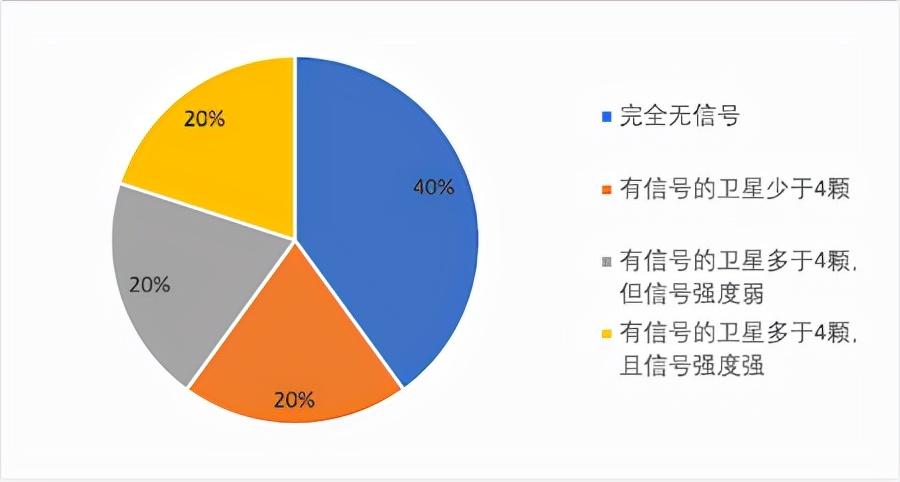
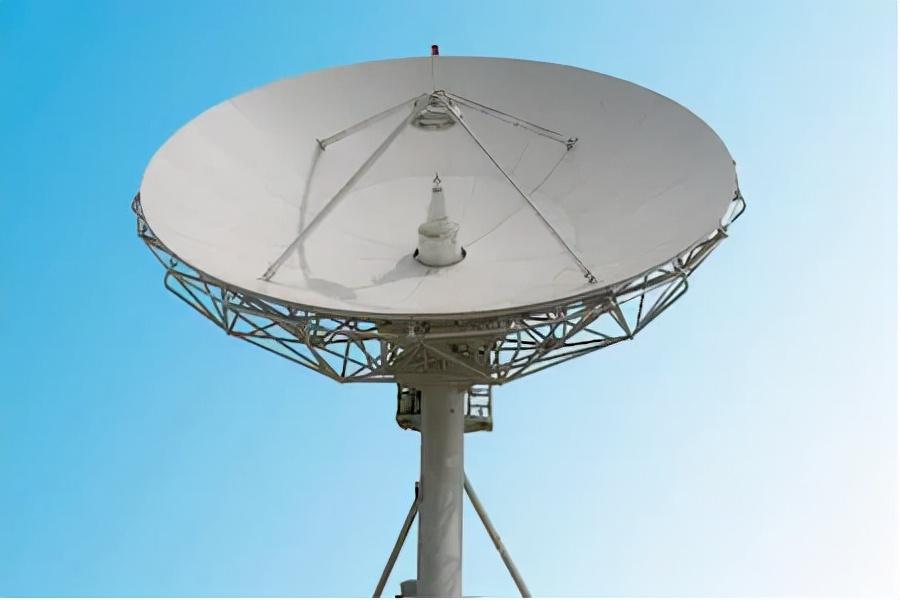
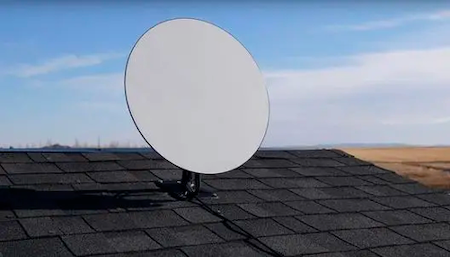
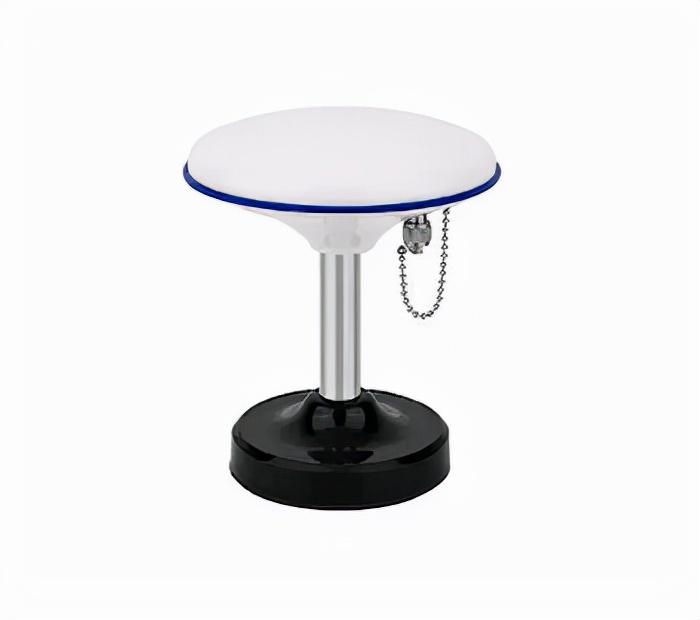
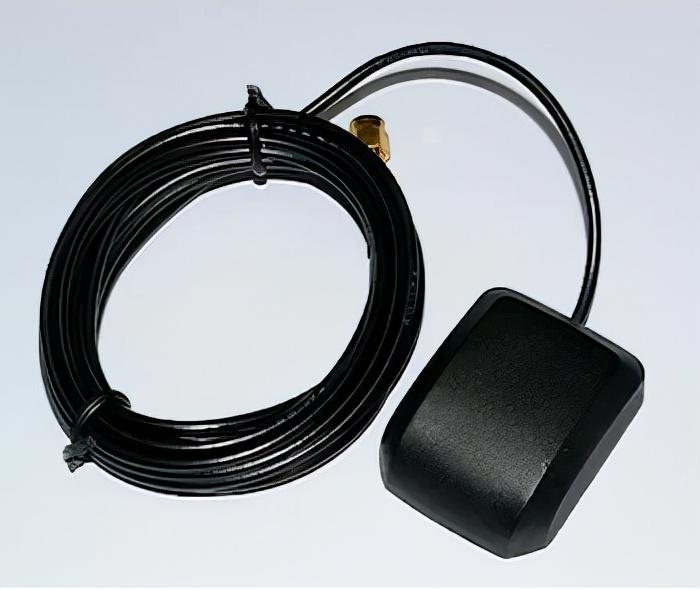
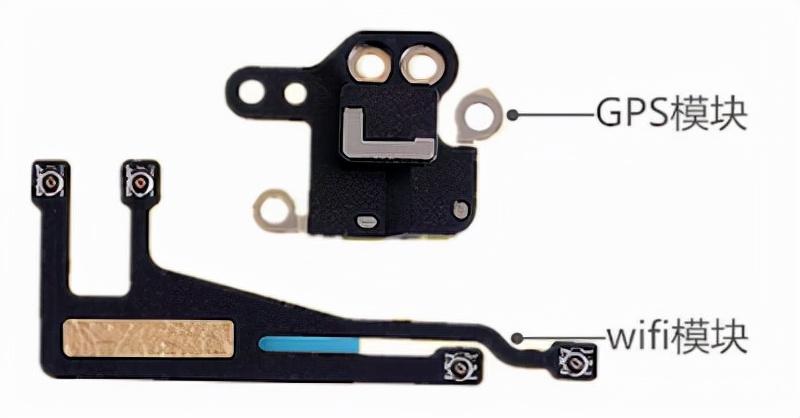
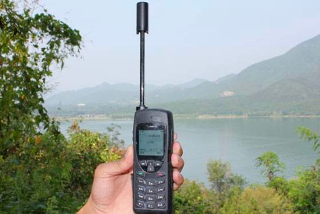

**粗体** _斜体_ [链接](http://example.com) `代码` - 列表 > 引用。你还可以使用@来通知其他用户。